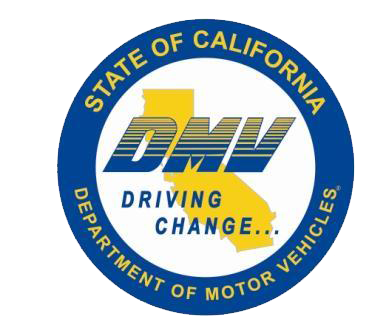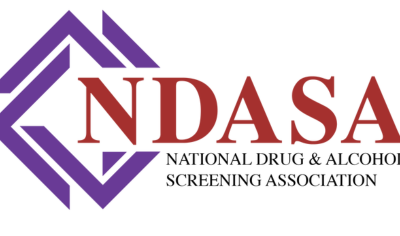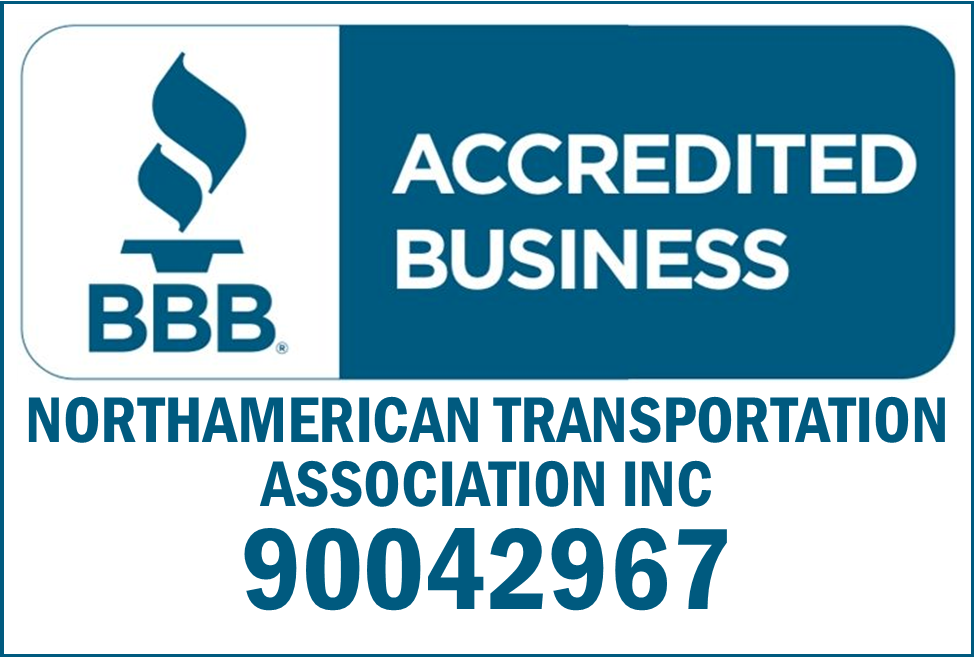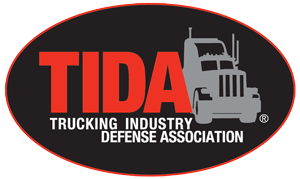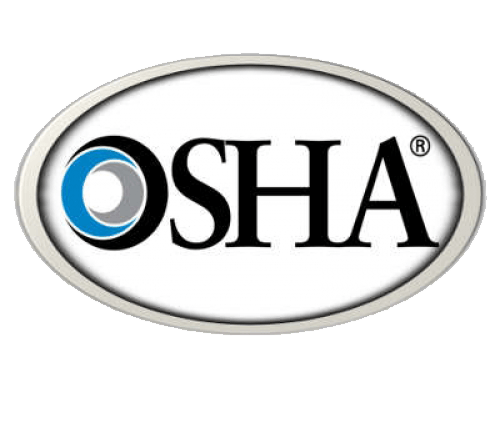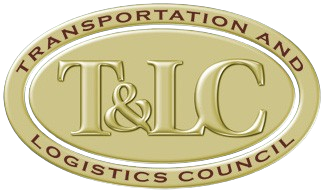Minimum Compliance Alone Just Won’t Cut It Anymore!
Gone are the days when compliance with the Federal Motor Carrier Safety Regulations (FMCSRs)—which are a bare minimum, by the way—went a long way to help prevent a carrier from being the target of a significant settlement.
Juries hold carriers to a high standard. Carriers have a "duty to act" to correct unsafe or non-compliant conditions before crashes occur. And all adverse information a carrier knew or should have known is discoverable in the event of a crash. Every carrier is accumulating data whether they know it nor not.
Carriers are at different stages of achieving a proactive safety culture. Avoiding crashes requires prioritizing the data you could be held accountable for and acting on that data.
A combination of proven safety management controls and predictive analytics can help you reduce potential liability.
Safety program essentials
Before jumping to technology for a quick fix, FMCSA's Safety Management Cycle provides a model for safety programs, which should include:
- Simple and consistently enforced driver qualification and other risk management policies and procedures;
- Assigned roles and responsibilities;
- Appropriate training and communication of expectations for each person;
- Monitoring and tracking of driver qualifications and driver performance data; and
- Meaningful corrective action with ongoing driver coaching, training, and documentation.
The FMCSRs and carrier policies and procedures provide a roadmap for plaintiffs to prove negligence. Being compliant can get you partway to establishing you weren't negligent. Enforcing your policies and following procedures to supervise drivers, and using predictive analytics with exception data to correct behavior, can get you the rest of the way.
Two risks of not acting on your data
- Unnecessary turnover
Losing drivers is one risk of not acting on safety and compliance data. The supply of drivers is not plentiful. With a few fixable issues, your drivers may be better than those you hire as replacements. Improving your drivers is the best way to protect your bottom line and create a desirable safety culture.
Effective hiring and driver management policies and procedures fall on a continuum. Some carriers have policies, procedures, and hiring criteria to screen out bad drivers and tell them when to let go of drivers.
However, some carriers use dash cams, electronic logging devices, and telematics data to find and fix compliance and performance issues to avoid crashes and unnecessary turnover. (Some terminations may still be necessary, of course, when coaching and training are ineffective at changing risky behavior.)
- Negligence
Another risk is being proven negligent after a crash if you failed to supervise your drivers. This threatens your existence as a carrier. Larger settlements occur when your company is found negligent for failing to remedy a non-compliant or unsafe condition.
A plaintiff's attorney would try to prove carrier negligence if there was a failure to follow policies, procedures, or reasonable practices that proactively find, coach, remediate, or terminate high-risk, unqualified, or non-compliant drivers.
The following legal terms are associated with the failure to manage driver performance and qualifications:
• Negligent supervision results when the organization does not coach an individual, leading to unsafe practices or other issues.
• Negligent retention occurs when a driver is kept after they should have been terminated.
• Negligent entrustment occurs if a driver who lacks qualifications and skills or shows deficient performance is allowed to drive.
Timely detection and correction of unsafe behaviors reduce safety-related and operational costs, reduce potential liability, and minimize litigation's impact if a crash occurs.
The cost of poor safety management controls
"Nuclear" verdicts, or $10 million or greater verdicts, usually result when a plaintiff's attorney convinces a jury to punish a carrier, so the public is not put at risk again by the negligent behavior that caused a crash.
Nuclear verdicts have exploded in recent years. An American Transportation Research Institute (ATRI) 2020 study of 600 cases titled Understanding the Impact of Nuclear Verdicts on the Trucking Industry found that:
- From 2006-2010, 26 cases settled for over $1 million, and
- From 2015-2019, there were nearly 300 cases of over $1 million.
An important finding was that pre-crash actions by carriers are critical. Plaintiff and carrier defense attorneys also agreed that:
- "Crash avoidance is EVERYTHING,"
- Strict adherence to safety and operational policies is a must, and
- Carriers should exceed FMCSA minimum standards.
Not every carrier will be subject to a $10 million or greater judgment. However, the chance of a larger settlement for allowing unsafe or non-compliant practices has increased dramatically in recent years.
EXAMPLES OF ALLEGED DETECTABLE & CORRECTABLE
INFRACTIONS AND SETTLEMENTS
Alleged infraction Average Settlement
Poor driving history $680,333
Phone use $629,375
HOS violations $564,531
Asleep at the wheel $543,343
Failure to yield/slow/stop $470,462
Speeding $464,920
Rear End $428,507
Improper lane changes $420,409
Inadequate training $388,464
Controlled substance use $384,161
Distracted $380,334
Hiring practices $341,205
*Source: 2021 ATRI analysis
Predictive analytics
To avoid crashes, the use of predictive analytics with your data can transform your safety culture to protect your business and retain more drivers.
A first step is to identify your safety and compliance data sources and information, which may include but is not limited to:
| Data source: | Examples of information: |
|---|---|
| Vehicle electronic control modules | Excessive speed, hard-braking, and other vehicle control telematics data |
| Electronic logging devices - NTA’s KeepTruckin’ | Hours-of-service compliance and potential falsification |
| Dashcam or video-event recording systems -NTA’s KeepTruckin’ | Following too close, lane departure, speed limit violations, seat-belt use, fatigued and distracted driving, operating too fast for conditions, harsh cornering |
| Motor vehicle records (MVRs) – NTA’s IntelliCorp | Violations, crashes, medical certification (CDL-only), endorsements and restrictions, authorized vehicle class, expired license |
| Roadside inspections reports and Compliance, Safety, and Accountability (CSA) data – NTA’s Carrier Guard | Vehicle and moving violations/citations, crashes, out-of-service conditions, as well as hazmat, hours-of-service, controlled substance and alcohol, and driver fitness violations, |
| Drug and alcohol testing and query records – NTA’s Drug Testing Program | Violations, prohibited driving status, query history, and consent |
| Driver qualification and safety performance history files – NTA’s PassBook | Pre-hire driving history, road test, expirable medical and licensing documents, initial and annual MVRs, annual reviews, |
The next step is to either build your solution or choose one of the vendor partners of the NorthAmerican Transportation Association’s that uses predictive analytics and an intuitive dashboard to:
- Aggregate your safety and compliance data;
- Prioritize the riskiest and most non-compliant drivers; and
- Recommend actions and support informed decisions.
The DataSense™ platform from J. J. Keller and Associates, Inc. is another option.
NorthAmerican Transportation Association is now a Distributor for J.J. Keller Training, forms and supplies
Assess your safety program
Do you know how well your safety management controls would fair with a jury?
If you're not sure, answer these four questions:
- Do you know all of your compliance and safety information for which you could be held accountable?
- How well are your safety management controls detecting and correcting unsafe behavior before crashes occur?
- Could your company sustain an adverse litigation settlement?
- Do you need assistance in establishing a proactive safety data and compliance program?
You need to make the best decisions for your operation to manage risk and compliance gaps. The key is to conduct an honest assessment of your program and not delay decisions that can protect your business. You need to quit gambling and do it right from the start – join the NorthAmerican Transportation Association – your one stop shopping for safety & compliance.
Content Disclaimer: Due to the constantly changing nature of government regulations, it is impossible to guarantee the total and absolute accuracy of the material contained herein or presented. NorthAmerican Transportation Association (NTA) cannot and does not assume any responsibility for omissions, errors, misprinting or ambiguity contained. NTA shall not be held liable in any degree for any loss, damage or injury caused by any such omission, error, misprinting or ambiguity present. It is made available with the understanding that NTA is not engaged in rendering legal, accounting or other professional service. If legal advice or other expert service is required, the services of such a professional should be sought.



